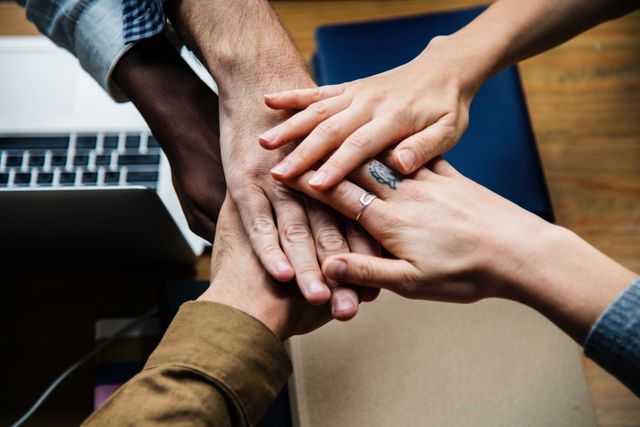The UK’s Worker Protection Act came into force last October; now is the time for all employers to act.
In Baltimore last week, one of the group of leaders I was working with confidently asserted ‘I’m a hugger’. His reputation was clearly well known to his colleagues in the wider group: there was some laughter and a few light-hearted remarks. Our hugger turned first to the woman on his left and then to the man on his right. They both enthusiastically confirmed that he was indeed a hugger, that he regularly hugs them and that they have absolutely no problem with that. I shared that I too partake of the odd hug and corporate kiss and that I don’t want a reputation as someone who travels the world outlawing these practices.
I was standing in front of the group. I turned a few degrees towards the woman on my right (who was sitting opposite the enthusiastic huggers). Our eyes met. Wordlessly, respectfully and seemingly without much expression she conveyed a number of messages to me in no uncertain terms. These included that I was to move no closer to her than I already had, that she would not have welcomed a hug from me or from her colleagues opposite and that she did not want me to ask her to talk about her position. My guess is that I knew all that in less than a second. In that moment also the thought came into my mind that she could perhaps have been an unwelcome receiver of our hugger’s hugs.
Corporate hugging (and kissing) in a #MeToo world is something I often think, talk (and write) about. My position is that I’m happy for it to continue (normally at the beginning or end of a meeting) provided that it’s welcome to both parties and the actor is open to and picks up on the signals of the intended recipient. As my experience in Baltimore reminded me, human beings have highly developed sensors if we chose to use them. In the moment before we engage in any physical connection with another human being we’re shown clear signals about whether they welcome it (and probably a great deal more too).
What I took away from that encounter is something that may be important: that the badges we give ourselves may prevent us from processing those signals. Seeing and positioning yourself as a hugger may become an excuse for what could in fact be an unwelcome invasion of personal space.
A couple of nights later, eating the most remarkable fish and chips with a colleague, Eleanor in a pub on the Upper (Upper) West side of New York I understood that the badges we give ourselves extend way beyond hugging. Eleanor and I have worked together for over five years and recently it’s gone up a notch. That evening we’d been chatting easily, as we tend to, both about life generally and about the thing we were piloting the next day.
There was then a moment in conversation. Having processed it subsequently, the moment felt like it was the thing Eleanor had been planning to bring up and she thought may be a jarring note to our light, enjoyable conversation. She asked whether we could talk about logistical arrangements? I literally caught myself as I started to say ‘I’m hopeless at that stuff”.
In that moment I realised that wasn’t good enough. Also that me projecting myself as having no logistic skills was me being lazy and propagating a badge, in just the same way that someone might say ‘I’m a hugger’, or even the thing that I’ve heard and now borrowed from for the title of my first book: ‘I’m not very good at the soft stuff.’ The danger is that hiding behind these badges could have had a negative impact on our colleagues.
Of course I have logistic skills. I have run many complex projects very successfully and when doing so I’ve prioritised those skills and dealt with questions about who does what carefully, thoughtfully and early in the piece. Had I simply hidden behind the badge, I wouldn’t have validated Eleanor’s genuine concerns (that we had left wrapping up the fine detail until too late in the process). She may have walked away feeling that our relationship was lessened.
I’m thinking that we can’t hide behind these labels and that we must process the signals.
“Franky does not look like he wants to hug me, so it might be a little awkward for a moment, but I need to back away now, smile and send him a signal with my eyes that I welcome him.”
“Eleanor wants to talk about that boring stuff, so I need to go there, I need to listen and understand what’s bothering her and suggest the best way we can make that not a problem.”
A very thoughtful participant in another of my sessions in Baltimore, who I will call Patricia (to whom I’m very thankful because she’s opened up a whole new way for me of talking about this) described how she listens to others at work. “I always leave room for their opinions”. Patricia reads signals, processes what she’s seeing and responds accordingly, she creates space in the interaction. If she was to label herself, would it be as a listener?
Related Articles
.jpg)
DEI is dead. Long live DEI!

Guest Q&A – Co Founder of speak up platform InChorus






